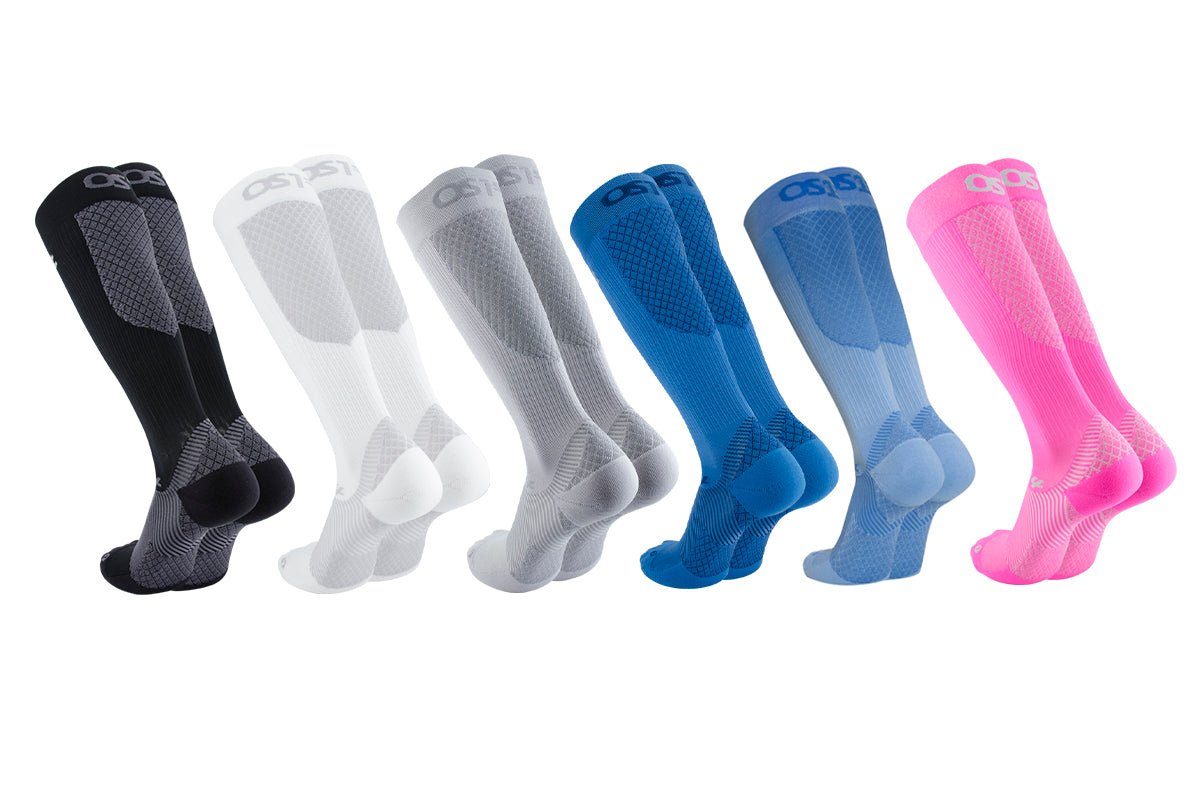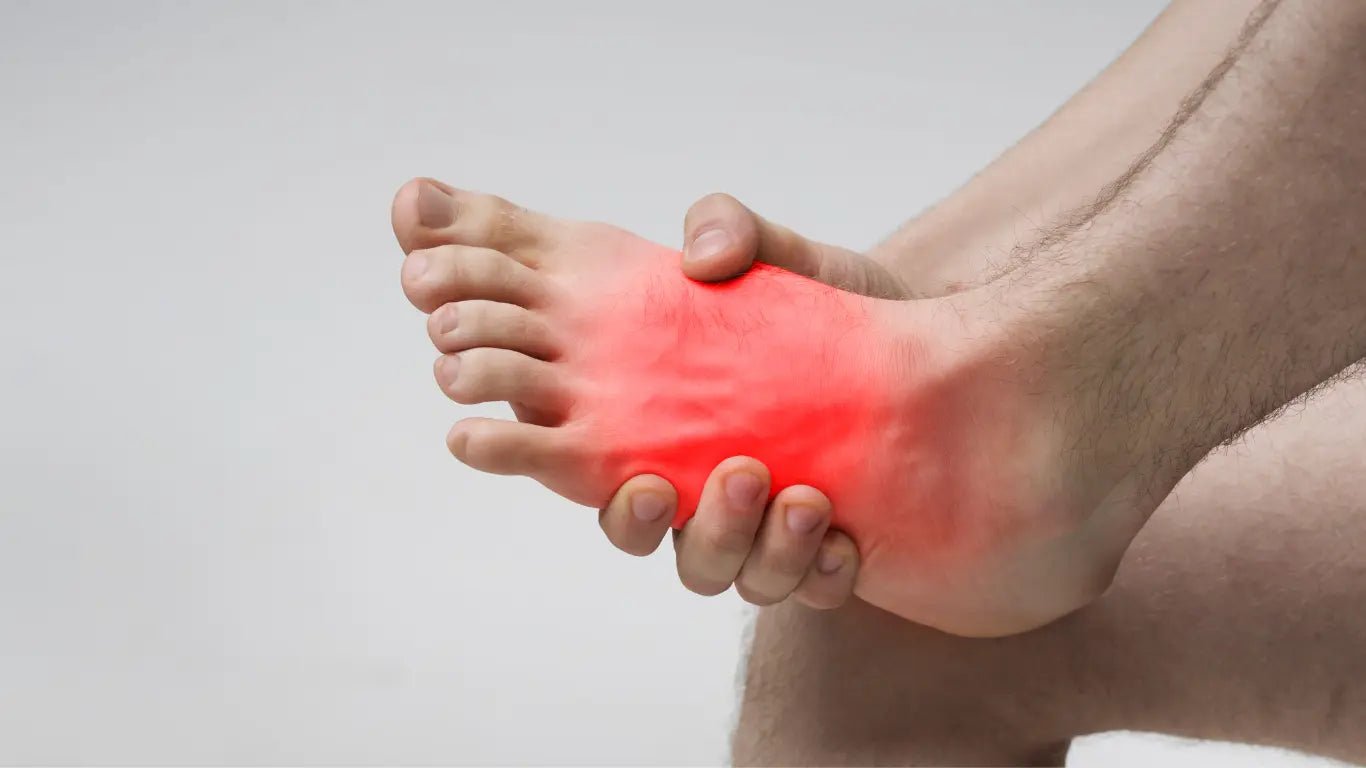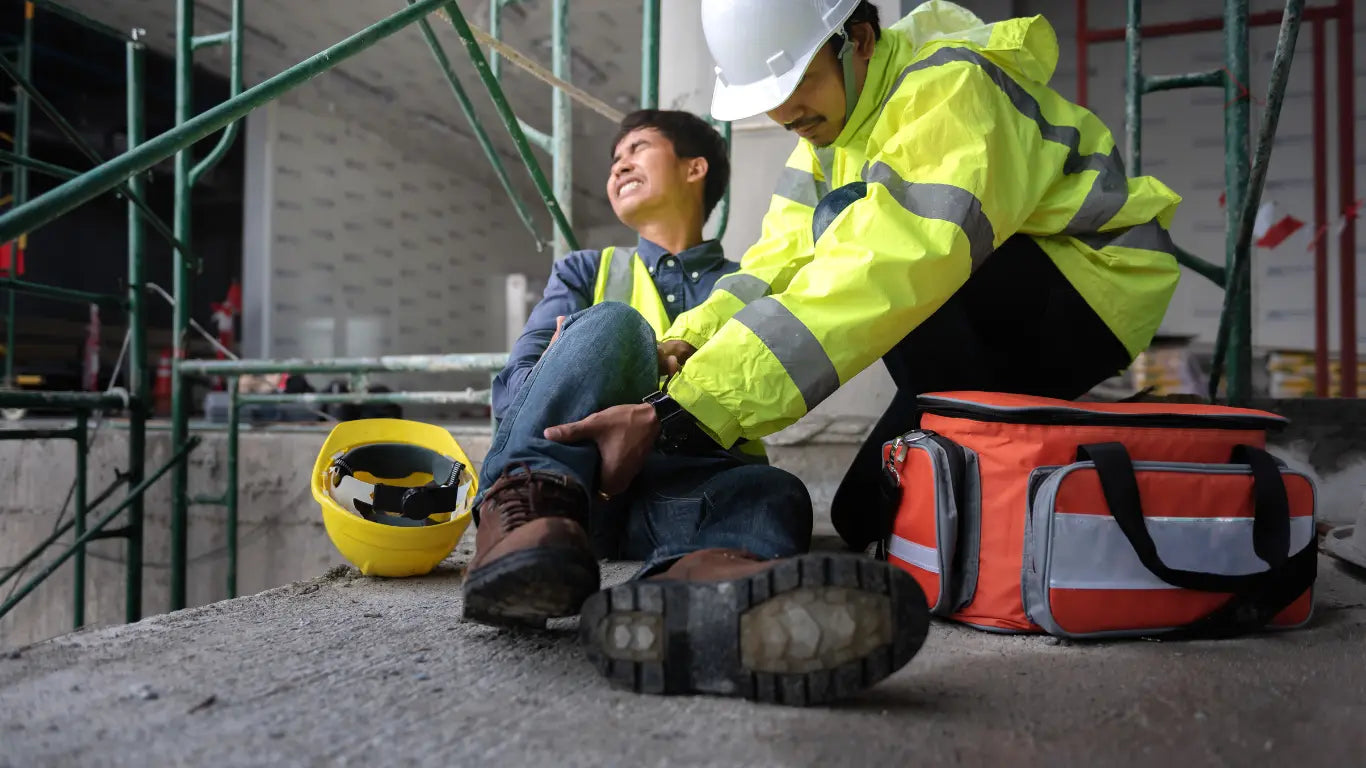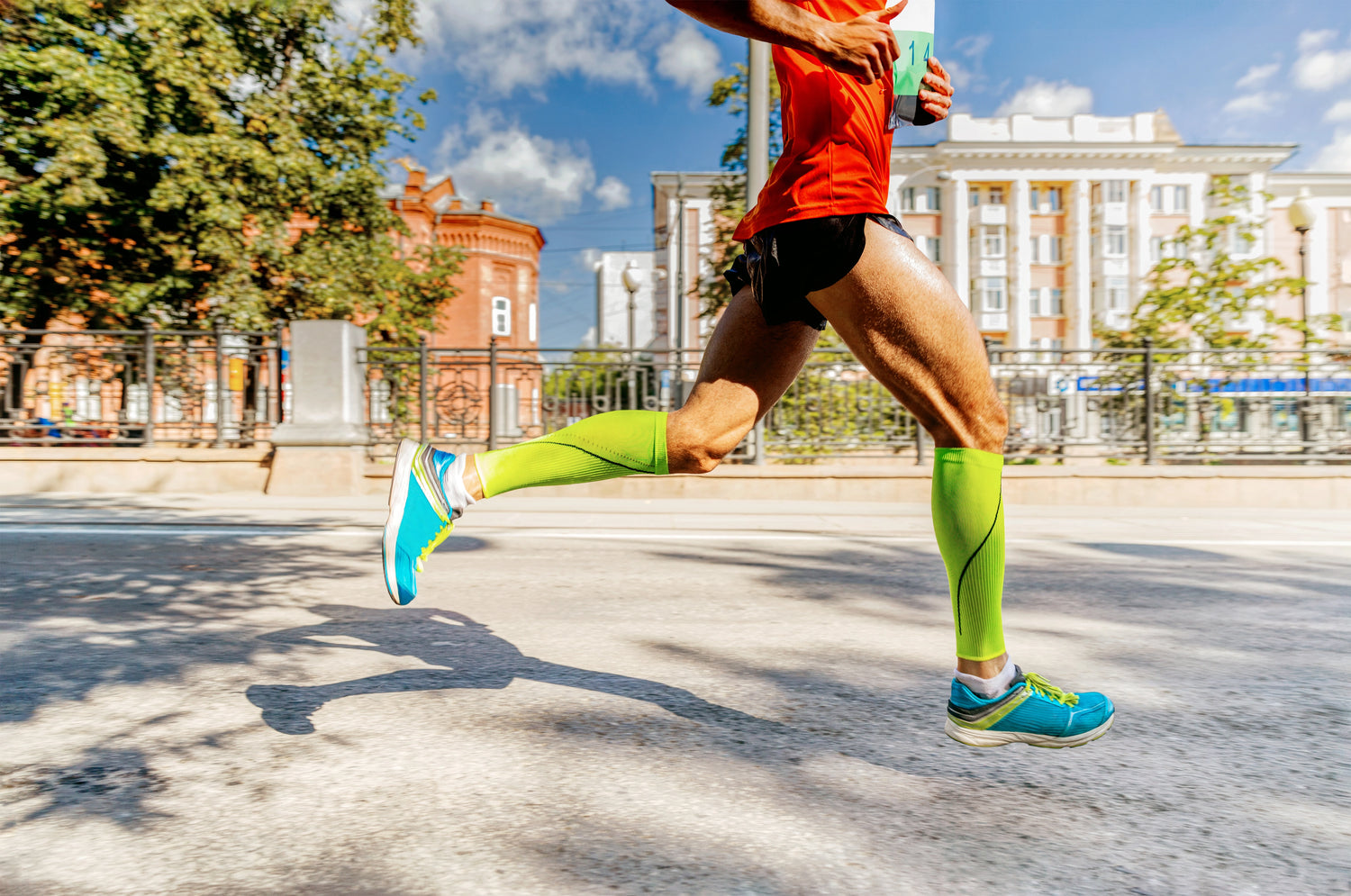What Is Graduated Compression – And Can Anyone Benefit From It?
Normally when we think of graduated compression or performance compression bracing, we think of either athletes or those needing it for a medical condition. This way of thinking couldn’t be further from the truth. Compression can be a benefit to virtually everyone. In this piece, I’m going to outline what graduated compression is, how it works, what it’s used for, and common compression bracing products and their specific benefits and features. Yes, anyone can benefit from graduated compression.
What is this thing called graduated compression?
By definition, graduated compression is a garment that helps stimulate blood circulation. It began as a form of sock to bring dirty, deoxygenated blood from the feet back to the heart to get reoxygenated. Nowadays, graduated compression is commonly used for other areas of the body including the foot/ankle, knee, arm, elbow, and wrist. Graduated compression is measured in mmHg or millimeters of mercury. An example of this would be the typical OTC level of compression, 15-20 mmHg. In this range, the compression level in the garment will not fall below 15 mmHg and will not exceed 20 mmHg. Sizing for graduated compression is very important and we’ll cover this later. Here are the most common levels of compression on the market:
- 8-15 mmHg: Very light compression grading. Typically used for minor or occasional swelling
- 15-20 mmHg: Most common OTC compression grading. Typically used for daily wear, travel and sports
- 20-30 mmHg: Highest level of compression without a prescription. Typically used for daily wear, sports recovery, medical recovery, and can help to manage mild symptoms of varicose and spider veins
- 30-40 mmHg: This compression level requires a prescription. Typically used for serious conditions such as blood clots (DVT), severe swelling (edema), and severe varicose veins.
What are the key features of good, quality compression bracing?
- Verified compression levels: This is important! You need to know that if the product you’re purchasing says it’s level is 15-20 mmHg, you’re actually getting 15-20 mmHg. I chose OS1st as my sole provider of compression bracing because they have their manufacturing facility FDA approved. This means you know what your getting, every product, every time!
- Non-restrictive/Non-binding: Super important. The purpose of graduated compression is to increase circulation and blood flow, not cut it off. This means no elastic bands at the top or bottom of the garment.
- Moisture wicking and breathability: We must keep the area the compression is used for, ie. Foot & ankle, calf, knee, elbow, etc. cool and dry and avoid moisture buildup.
- Seamless and whole garment: The last thing we want in a compression garment, or any sock for that matter, is to create potential friction points. Products that are seamless typically provide protection from friction.
What does compression do and what does it help with?
- Increases venous blood flow
- Pain Relief
- Swelling
- Recovery
- Improved Performance
- Injury prevention
- Treating a medical condition
What types of compression to I have in my arsenal to help people?
Please visit my Online Shop and check out all of the quality products I offer. I offer Performance Socks and Compression Bracing for all walks of life, activities and conditions. View each collection below:
- Performance Socks
- Compression Bracing for:
- Foot & Ankle: Plantar Fasciitis, Achilles Tendonitis, Arch & Heel Pain, Swollen Feet
- Calf & Leg: Calf Cramps, Quad Strains, Swollen Legs, Shin Splints, Recovery, Hamstring Weakness, Leg Fatigue
- Knee & Patella: Patellar Tendonitis, Arthritis, Swelling, Runner's knee
- Arm/Elbow/Wrist: Arm/Elbow Support, Tennis/Golfers Elbow, Carpal Tunnel Syndrome, Wrist Pain, Arthritis
Graduated compression is a very valuable tool in my tool box to help people overcome painful conditions, increase recovery, decrease swelling and keep my clients enjoying their favorite activities. It’s not just for athletes or those with medical conditions. Graduated compression can help us all live our best lives.
Bryan Acheson, CPed | (804) 821-1321 | Bryan@solelytics.com
--I am a Board Certified Pedorthist. You can learn more about my Pedorthic services at Solelytics.com. I am not a medical doctor or Podiatrist. I have been trained and certified in foot assessments, gait analysis, orthotic fabrication and fitting and footwear fitting. As a Certified Pedorthist I cannot diagnose foot conditions nor prescribe remedies for foot conditions. If you are experiencing a severe foot condition or one that is chronic and will not remedy itself after over-the-counter intervention, I always recommend you make an appointment with a Podiatrist or medical professional--





